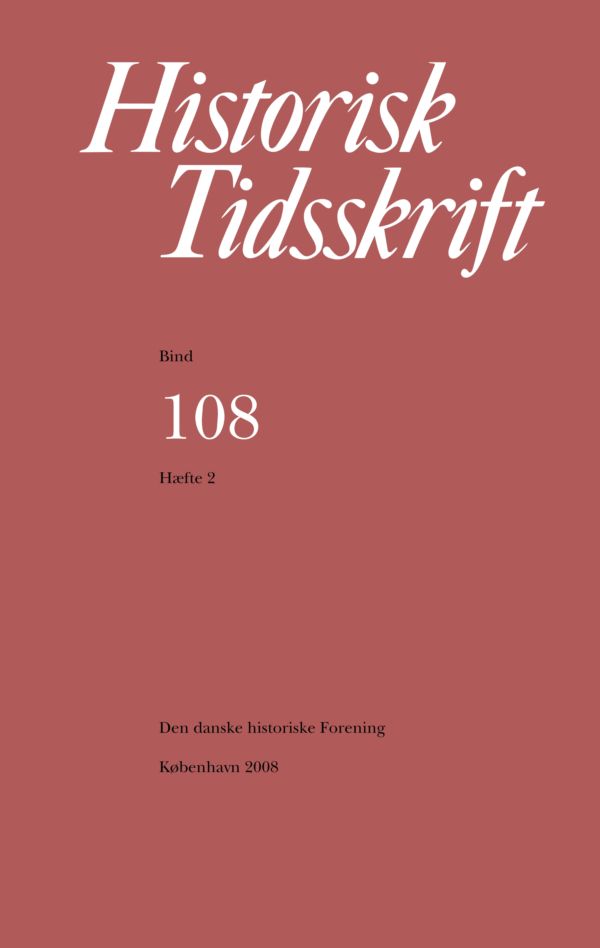Omvendte omvendelser. Om to danske missionærers møde med Indien i første halvdel af det 20.århundrede
Resumé
Converse Conversions: Two Danish Missionaries' Encounter with India in the First Half of the 20th CenturyAcknowledging that the concept of conversion has often been used in ways that misrepresent the nature of religious and cultural change, the article argues that, if rethought, the concept can still be fruitfully employed in analyses on the individual level. It illustrates this point through an analysis of the profound changes which two Danish missionaries experienced in the encounter with Indian cultures and religions in the first half of the twentieth century.The first part of the article probes different meanings of »conversion« and suggests a new definition of the concept. A distinction is made between conversion as a formal shift in religious identification and conversion as an internal transformation of beliefs. In the latter sense, »conversion« emerges as a creative, eclectic and more or less conscious process in which the convert negotiates and combines elements from two or more religious cultures, producing a radically altered worldview and set of spiritual values. The process can follow different patterns and may even be ongoing. Regardless of whether it is abrupt, gradual, or continual, conversion tends to result in the unification of a divided self. Conversion also involves a form of religious and cultural critique that may or may not be intentional.Using this concept of conversion, the second and major part of the article examines the changes experienced by the two Danish missionaries, Anne Marie Petersen and Esther Færing, during their stay in India. Upon their arrival in the early twentieth century, these missionaries shared largely negative, even contemptuous views of Indians and their religions and thereby reflected and reproduced the dominant racial and imperialist ideologies of their time. In Petersen’s case it took several years, in Færing’s only a few, before they began to feel attracted to elements in Hinduism and Indian culture. After this time, they both – selectively, critically, and creatively – incorporated Hindu elements into their beliefs. They also modified their perception of God, coming to believe that He could be worshipped anywhere and in multiple ways, including through Hinduism. This newly developed insistence on spiritual freedom laid the groundwork for contesting attempts by Christians to control the spiritual expressions of non-Christians, and men’s efforts to restrain those of women. Finally, their conversions also served as an impetus to question the legitimacy of certain colonial categorizations and of European subjection of Indians to colonialism more generally.Downloads
Publiceret
Citation/Eksport
Nummer
Sektion
Licens
Ophavsret til bidrag i Historisk Tidsskrift tilhører forfatterne og Den danske historiske Forening som udgiver af Historisk Tidsskrift. For illustrationer gælder den ophavsret, som står anført i billedteksten. Ophavsretslovens almindelige bestemmelser gælder, hvilket vil sige, at ophavsretten gælder i 70 år efter forfatterens død. Bidrag i Historisk Tidsskrift må derfor, med forbehold for en ”moving wall” på tre år, frit downloades, læses, gemmes, anvendes og citeres (med kildeangivelse) i privat og videnskabelig sammenhæng, men de må ikke helt eller delvis genudgives af tredjepart, heller ikke i redigeret form, uden tilladelse fra forfatterne og Den danske historiske Forening. Henvendelse skal i så fald rettes til Historisk Tidsskrifts redaktion på histtid@hum.ku.dk.





